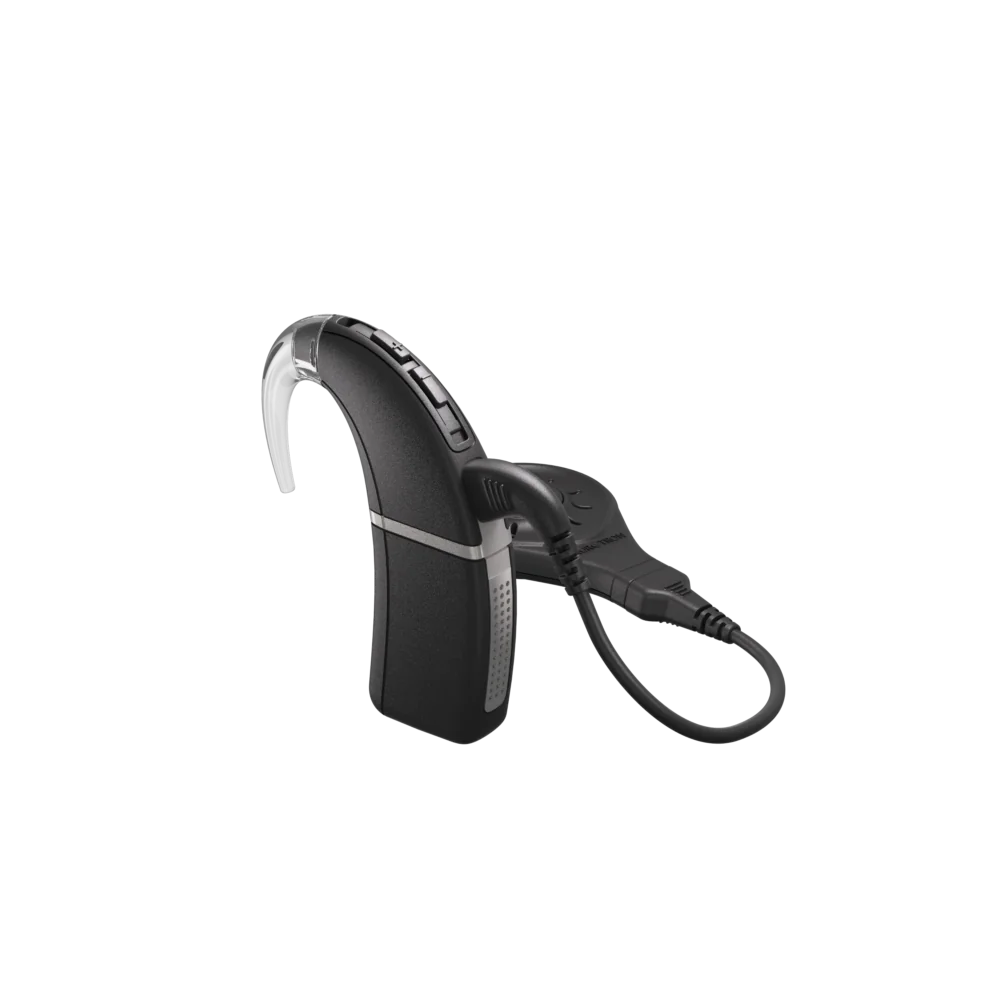
Hey there! Have you ever thought about how technology is changing the way we experience sound? bluetooth cochlear implants are a game-changer for those with hearing loss, allowing them to connect seamlessly to their devices. It’s fascinating how these innovations not only enhance communication but also improve quality of life!
The Magic Behind Bluetooth Cochlear Implants
So, what exactly are bluetooth cochlear implants? Essentially, they’re advanced medical devices that help individuals with severe hearing loss or deafness perceive sound. By incorporating Bluetooth technology, users can stream audio directly from smartphones and other gadgets right into their implant. This means no more fumbling around with wires or struggling to hear during phone calls—just pure auditory bliss!
Find more about cochlear implant bluetooth.
Cochlear Implant Bluetooth: A New Era in Sound Accessibility
The integration of Bluetooth into cochlear implants has opened up a whole new world for users. Imagine being able to listen to your favorite music or podcasts without missing a beat! Plus, it makes conversations in noisy environments much easier since you can adjust settings on your device instantly. It’s like having superpowers when it comes to hearing—who wouldn’t want that?
Nurotron: Pioneering Innovations in Cochlear Technology

Now let’s talk about Nurotron—a company that’s making waves in the field of cochlear implants. They’ve been at the forefront of developing cutting-edge technologies that focus on user-friendly designs and superior sound quality. With their commitment to research and development, Nurotron is helping redefine what people expect from their hearing aids and implants.
Conclusion: Embracing the Future with Bluetooth Cochlear Implants
In conclusion, bluetooth cochlear implants represent an exciting leap forward for those seeking better ways to engage with the world through sound. As technology continues evolving, I can’t wait to see where this journey takes us next! Whether it’s enhancing our daily lives or breaking down barriers for those with hearing impairments, one thing’s for sure—the future sounds bright!
